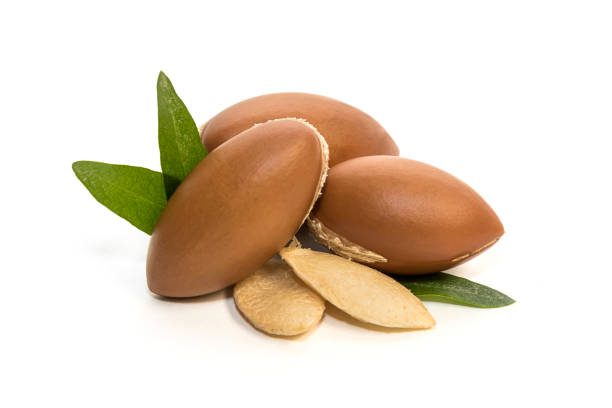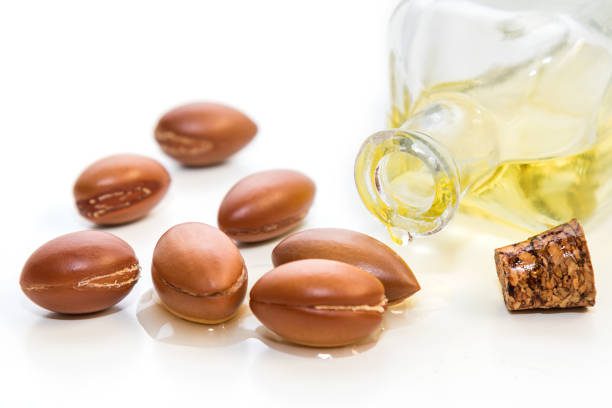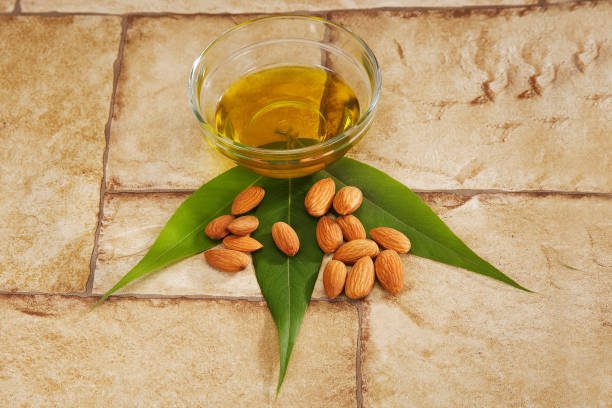Where does argan oil come from
Have you ever wondered? This divine liquid has also earned the name liquid gold due to the fact that it is being used more frequently today thanks to its beauty and health-related advantages. However, not many people know where it came from or its background. Argan oil is a rare special nut oil that originates from the Moroccan desert and has recently hit the cosmetic shelves of the world’s best brands.
The Argan Tree: Home of Liquid Gold
To understand where argan oil comes from, we must first look at its source: the argan tree. These magnificent trees are endemic in the south-western part of Morocco and are known to grow in the rough climatic conditions that prevail in a semi-desert area. But where in those Trees of Wonders is argan oil sourced from?
The answer can therefore be found in the fruit of the argan tree. This fruit is about the size of a large olive and looks like an acorn. About this fruit and a hard nut, the kernels that are inside the nut are used for the production of argan oil. It is quite intriguing to look at the fact that such a luxurious commodity as argan oil originates in these tiny seeds.

The Berber Connection: The Threat Process: The Traditional Guardians of Argan
I thought the Berber people could not be left out when discovering where does argan oil come from. These indigenous people of North Africa have been the natural dwellers of the argan forest for over many generations. Like most traditional knowledge, the community’s expertise in the collection and processing of the argan oil has been inherited.
Berber women are responsible for pricking the argan nuts and extracting the oil. The kernels are extracted after cracking the argan nuts—a process that is labor-intensive but made easier by the dexterity of their hands. I Apart from this, it offers a traditional approach of producing the highest quality of the oil while at the same time offering revenues to the rural Moroccan population.
From Tree to Bottle: The Extraction Process
Well, in that sense, where does argan oil come from in terms of its production process? Let’s break it down step by step:
- Harvesting: The mature argan fruits are gathered in dependence on the trees or on the ground, especially by hand.
- Drying: The fruits are dried in the open air for them to easily separate the fleshy outer part from the nut part.
- Cracking: The dried fruits are then split to show the nuts enclosed in them.
- Kernel Extraction: The nuts are then cracked to get the oil bearing kernels.
- Grinding: It is ground to a paste form using atone mills or mechanical grinders, depending on the available technology.
- Pressing: This paste is then subjected to some pressure to come out the desired oil.
- Filtering: The extracted oil is then passed through filters to eliminate any unnecessary particles from it.
This process may tell the reader the physical origin of argan oil, but it fails to almost completely enact the time, effort, and tradition of its making.
The Moroccan Connection: Geographical Indication
When asking where does argan oil come from, let us recall that only true argan oil can be squeezed out in Morocco. Indeed, the Moroccan government has sought a geographical indication for argan oil as much as champagne comes from the Champagne region of France.
Besides, this geographical indication not only acts to safeguard the authenticity of argan oil but also helps the community and environment in which this product is created. Thus, if you are an end user of real argan oil, then you are engaging with some culture somewhere.
Sustainability and Conservation: Protecting Argan’s Future
It also means looking at the future of an ingredient that defines argan oil so comprehensively. Argan farming is relatively recent and driven by global demand for argan oil, and efforts to preserve and sustainably form argan forests have spiked.
The cultivation of argan is endemic to a particular area, and it has been protected by UNESCO as a Biosphere Reserve. The measures of sustainable uses mean that we can go on utilizing the benefits of the oil product while at the same time preserving the future use of the fruits.
Beyond Beauty: Diverse Uses of Argan Oil
Although the main mentions of argan oil are connected to its cosmetic properties, argan oil’s possibilities are much greater. Moroccans, where argan trees grow, consume the oil for cooking and as a medicinal product too. It has a nutty flavor, which makes it ideal to be used in foods because it is generous in Vitamin E, an essential fatty acid.
Starting with hair treatment products right down to exquisite salad dressings, these little gems of argan oil are a wonder. The other uses make another representation of the story of where the argan oil originates from and how deeply it is rooted in Morocco and its new markets in the world.
The Global Journey: From Morocco to the World
But that of where we get argan oil from does not end in Morocco. In the past few decades, this “liquid gold” has now set off on a roundtrip around the world, appearing in cosmetics, foods under the health food label, and in luxury merchandise.
The awareness is now creating a market for the argan oil, having transformed it to become an international product. Argan oil has emerged as a popular ingredient, from the luxurious spas in Paris to natural food shops in New York. This has in turn assisted in helping the source of argan oil bearing communities with positive economic benefits.

Conclusion
With regards to where does argan oil come from, what we have come to realize is a beautiful blend of nature, culture, and modernity. As for the latter, it can be said that exactly like argan oil, the path of the entire valuable product from the argan trees of the southwest of Morocco to the hands of the Berber women and from ancient extraction methods to modern efforts to make this product more sustainable is rich in meaning.
FAQs
Can argan oil be produced other than in Morocco?
Although it is possible to cultivate argan trees in other comparable conditions, authentic argan oil, protected by a geographical indication, is produced only in south-western Morocco. This is the area where traditional argan oil originates from and where the kinship of skill in making argan oil is located.
How many minutes does it take to make argan oil?
It is worth noting that the process of producing argan oil is very long. Whereas, depending on the process used, it may take anything from a few days to weeks from the time the fruit is harvested to the final product. Express traditional, which gives the answer to the question of where does argan oil come from in the purest form, can be very lengthy, sometimes taking hours for Berber women to crack the nuts to get the kernels.

